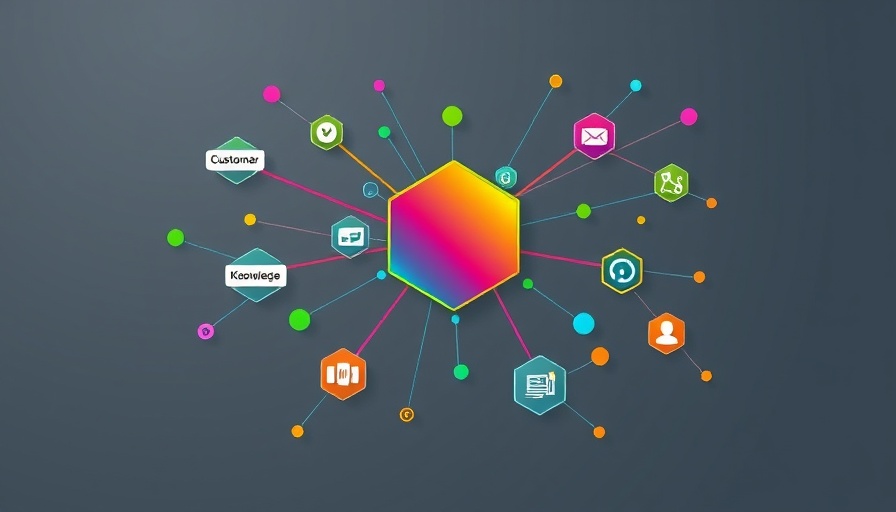
Finding Strength in Vulnerability: The Fail Forward Philosophy
At Springer Nature, a groundbreaking initiative called the Fail Forward Conference was born out of an experiment aimed at redefining the conversation around failure. This conference brought together 30 business analysts over a video call, encouraging them to share personal setbacks and the lessons derived from them. The goal was not to glorify failure but to normalize it—shifting the narrative from blame to learning, aligning perfectly with the core Agile values of collaboration, adaptability, and continuous improvement.
Creating a Safe Space for Open Dialogue
Before this initiative, discussing failures at work felt taboo and often led to a culture of silence. Employees feared repercussions for making mistakes, which stalled innovation and inhibited risk-taking. Springer Nature faced a tough choice: to continue avoiding crucial discussions about failure or to foster an environment where such experiences could be openly shared. They opted for the latter, paving the way for a transformation that would enhance their Agile practices.
The Importance of Psychological Safety in Agile
One of the most critical elements in ensuring Agile's effectiveness is psychological safety. For Agile practices to flourish, teams must feel secure enough to be transparent about their experiences. The initial reception of the Fail Forward concept reflected a mix of anxiety and curiosity—the fear of sharing personal failures needed to be countered by an assurance of safety. As leaders began to model vulnerability themselves, a cultural shift began to take shape.
Scaling Authentic Storytelling Across Borders
The first Fail Forward Conference convened in Pune, but its impact resonated far beyond. As teams across various departments and countries—Lisbon, Berlin, London, and Heidelberg—caught wind of the initiative, the conversations about failure blossomed into a global phenomenon. This scaling was managed with simplicity in mind: there were no scripts or rigid formats, just honest storytelling in a safe atmosphere.
Feedback Loops: A Continuous Learning Experience
Integral to the Fail Forward Conference’s success was the introduction of feedback mechanisms, similar to Agile retrospectives. After each session, the organizers gathered reflections through an anonymous platform called Slido. This feedback loop not only created a space for continuous learning but also strengthened the relationship between speakers and participants, allowing for shared growth beyond the event.
The Cultural Shift: Measuring Up
What began as a modest experiment rapidly evolved into a robust initiative drawing over 1,000 participants and featuring 60 speakers—all united by the shared experience of failure and the knowledge gained from it. This cultural transformation exemplifies how organizations can shift their focus from merely avoiding mistakes to embracing them as valuable learning opportunities.
Conclusion: Embracing Failure as a Catalyst for Growth
The journey of Springer Nature and the Fail Forward initiative is a testament to how reframing the understanding of failure can catalyze growth and innovation. By fostering a safe space for dialogue around setbacks, organizations can strengthen Agile methodologies, enhance team dynamics, and ultimately elevate their capacity for adaptability and learning.
 Add Row
Add Row  Add
Add 




Write A Comment